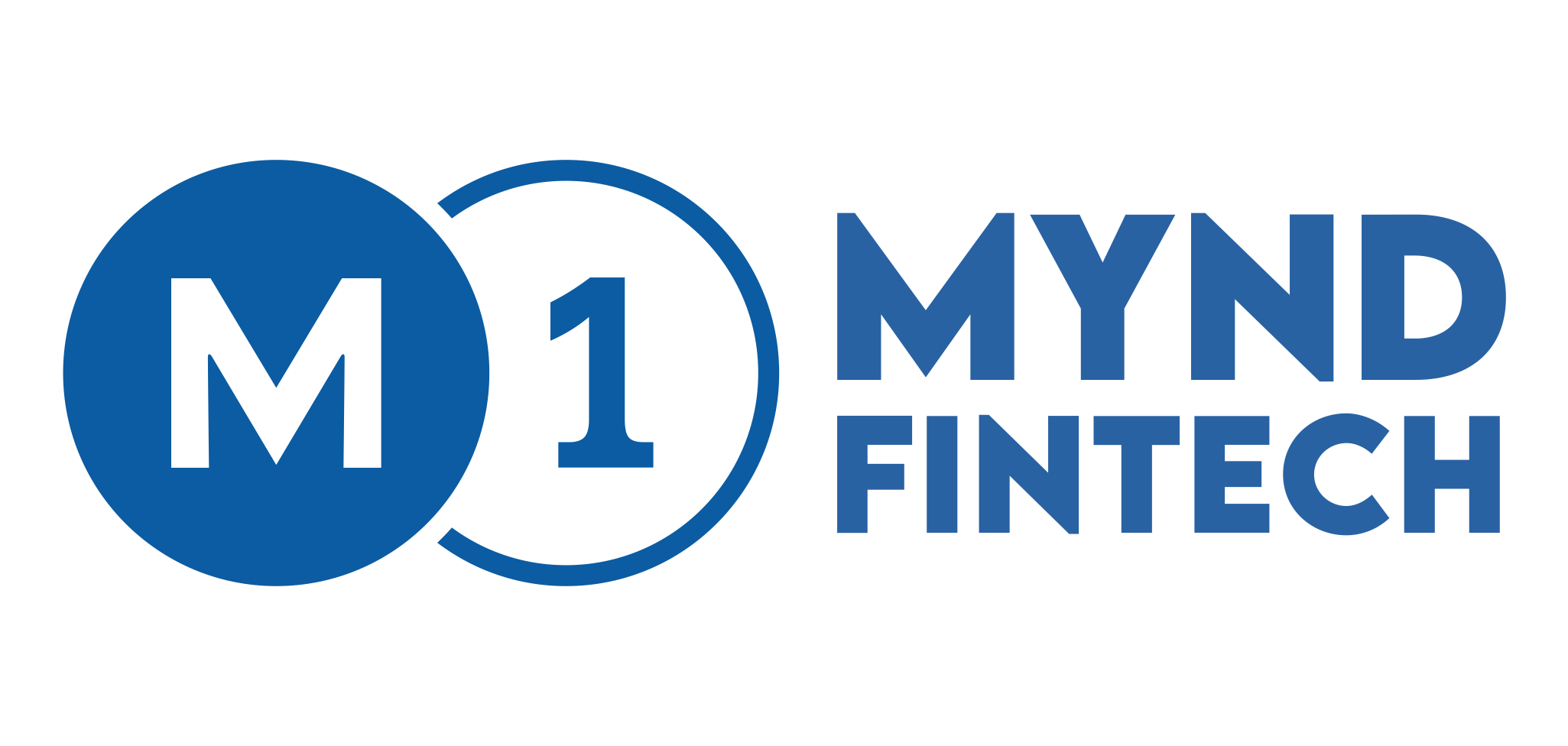If businesses could control things, they would prefer getting spot payment for all their sales. However, given how the market works, sellers have to extend a credit period to the buyers. This results in a time gap between sales and payment realization. This adversely affects businesses’ cash flow, especially for small businesses and start-ups. To overcome this situation, businesses look for alternate ways to receive early payment for their sales. One such method is Dynamic Discounting.
What is Dynamic Discounting?
Dynamic Discounting is a financial solution that provides a seller with the option of getting early payment for their invoices in exchange for a ‘discount’ on their invoice. This allows the suppliers to get working capital for their business at a much lower cost than other methods.
Meaning of Dynamic Discounting:
The concept of early payment is not new. Many suppliers offer a discount if the complete payment is made within 10 days of raising the invoice. A typical example of this was 2/10 net 30. This means the buyer gets a 2% discount if the entire payment is made within 10 days. Or, the buyer can make the complete payment on the 30th day. However, this method was relatively rigid, with no flexibility if the buyer pays after 15 days or 20 days.
The concept of dynamic discounting gives the sellers the flexibility to choose when they would like to get paid in exchange for a reduced price on the goods or services purchased. The word “dynamic” refers to the option to vary the discounts based on payment dates to suppliers. In most cases, if the payment is made earlier, the buyers get a higher discount.
How does dynamic discounting work?
Different dynamic discounting solutions work in different manners. In most cases, it is offered on an invoice-by-invoice basis. The discount is generally expressed as a percentage of the face value of the invoice.
The steps involved in the dynamic discounting process are:
- After getting the order, the seller supplies the goods or services to the buyer.
- The seller uploads the invoice on a dynamic discounting platform such as M1 Exchange.
- The buyer approves the invoice for payment.
- The seller offers various discounts and payment terms.
- The supplier accepts one of the preferred discount options.
- The supplier receives payment on the chosen date.
Dynamic discounting benefits
Benefits to Sellers:
- By receiving early payment, buyers can reduce their days’ sales outstanding (DSO) and improve their working capital position.
- Suppliers get working capital at a cost lower than other methods of funding to invest in other profitable ventures.
- Suppliers can choose when to get paid. This helps them plan their cash flow better.
- Depending on their fund’s position, suppliers can choose which invoice to finance or whether they want to finance one invoice or all invoices.
Benefits to Buyers:
- By availing of dynamic discounting, the sellers can reduce the cost of the goods or services. This improves their margin.
- When sellers avail of dynamic discounting, they use their ‘excess cash’ for making payments. While they have the option to invest this money elsewhere, by making early payments, they ‘invest’ the money and get a risk-free return.
- Making early payments ensures the seller does not face any disruption in production. This improves the buyer’s supply chain.
Why Dynamic Discounting?
Dynamic discounting is a win-win solution for both parties involved. It improves the financial position of sellers and buyers and improves relationships throughout the supply chain. It also improves the relationship between the sellers and the buyers.
How Dynamic Discounting Differs from Other Solutions:
Businesses have several options to fund their short-term capital requirements. However, dynamic discounting is a better and more cost-effective idea. This is how it differs from other methods of financing:
- Compared to Factoring: Unlike Factoring, in dynamic discounting, the sellers get paid 100% of the invoice amount minus a small discount when they go for advance payment.
- Compared to Traditional Discounts: Traditional discounts are very rigid. In terms like 2/10, and Net 30, the buyer is no longer entitled to a discount if the payment takes more than 10 days. On the contrary, the dynamic discount is calculated as a function of time. The buyer has the flexibility to make a payment any time before the expiry of 30 days credit period and get a discount as per the slab agreed by the seller.
- Compared to Supply Chain Finance: There are two major differences when dynamic discounting is compared with Supply Chain Finance. Firstly, in supply chain financing, some third-party funds the early payment, whereas in the case of dynamic discounting, the buyer finances its suppliers’ early payment. Secondly, supply chain finance improves a buyer’s working capital by optimizing payment terms, while dynamic discounting improves a buyer’s profitability by reducing the cost of goods sold (COGS).
Conclusion:
For any business, big or small, involved in manufacturing or delivering services, it is crucial to have regular cash flows. It helps the business support its operational needs and fund its growth needs. However, there is a time lag between delivery and payment, and if you all the production time also, this difference becomes even more. The business needs funds during this entire phase.
Dynamic Discounting is one of the techniques that can help a business get regular cash flow and maintain the required liquidity. It keeps your employees’ morale high and enables you to maintain good relations with your suppliers as well.
Want to know more about how dynamic discounting can help you solve your cash flows? Get in touch with us, and let us help you take your business to new heights.
Dynamic Discounting FAQs:
Q.1: Does dynamic discounting improve the margin?
Ans: Dynamic Discounting reduces the cost of goods sold for the buyer. This helps them improve their profit margins.
Q.2: What are the benefits of dynamic discounting solutions for a supplier?
Ans: The suppliers benefit by getting early payment for their invoices. This helps them get funds to meet their short-term funds requirements at a low cost. Also, with funds in hand, the suppliers can benefit from buying more raw materials at a lower cost or other profitable ventures.
Q.3: What is APR in dynamic discounting?
Ans: APR in dynamic discounting stands for Annualized Percent Rate
Q.4: Is dynamic discounting and supply chain finance different?
Ans: Dynamic discounting and supply chain finance differ on two parameters – source of the funds and financial benefit to the buyer.

